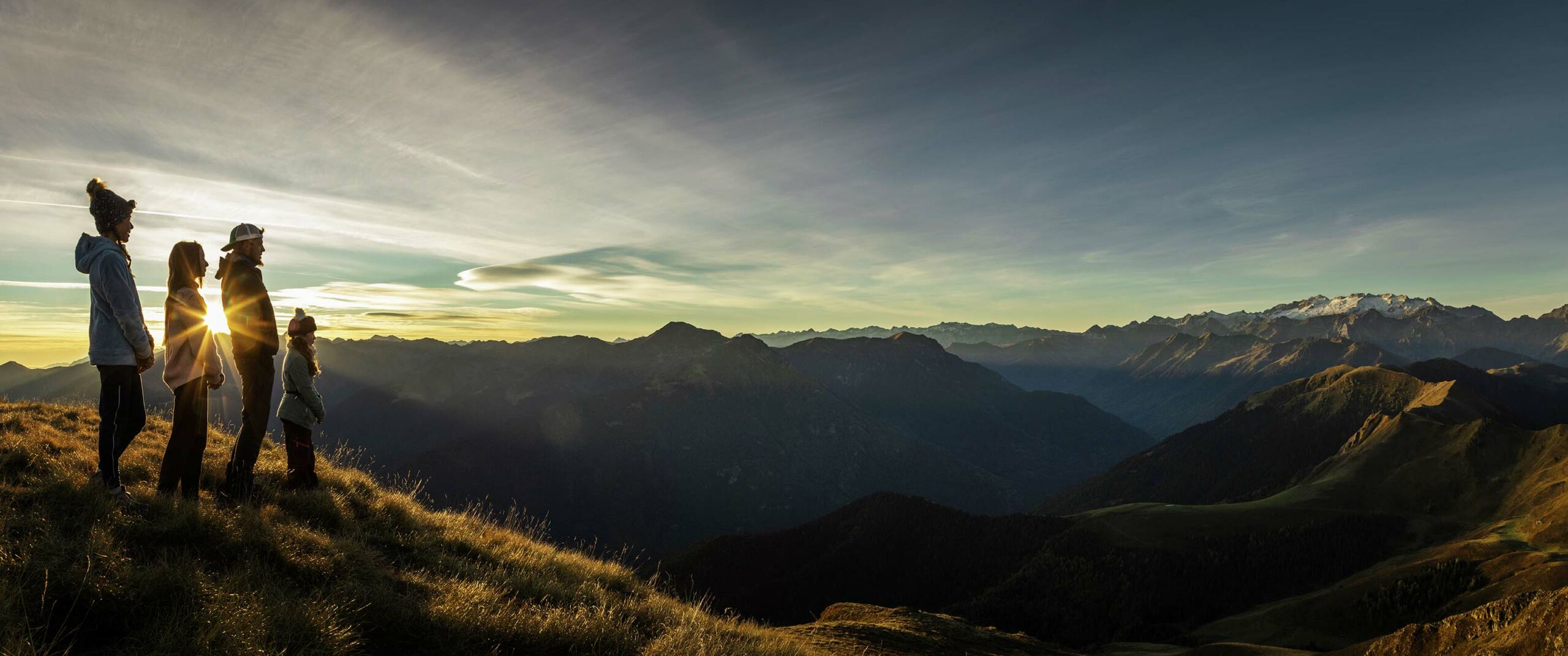A landscape shaped by water and mountains
The Lys stream, which crosses the valley before joining the Pique, plays a key role in shaping the landscape. The water has sculpted the rocks and carved out gorges where several waterfalls nestle. Among them, the Cascade d’Enfer is one of the most impressive. Its powerful flow, reinforced by the melting snow in spring, creates a breathtaking spectacle. Other waterfalls dot the valley, providing welcome coolness in summer.
As you climb higher, the landscape changes. Forests of beech and fir give way to alpine meadows and scree, home to a number of plant species adapted to extreme conditions. The peaks that frame the valley, such as those of the cirque des Crabioules, mark the transition to the more mineral landscapes of the high mountains.


